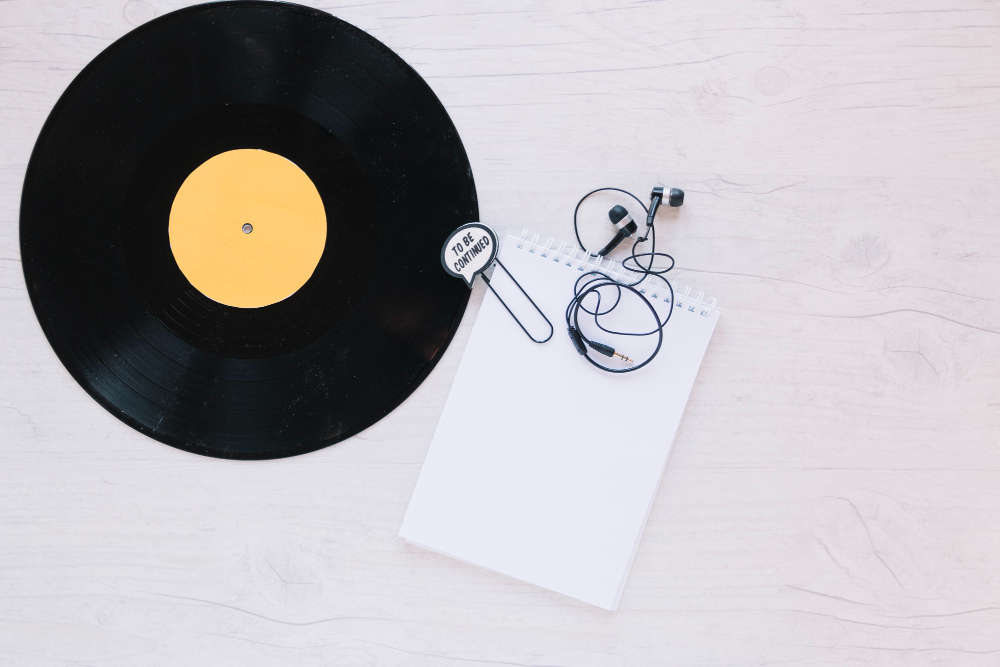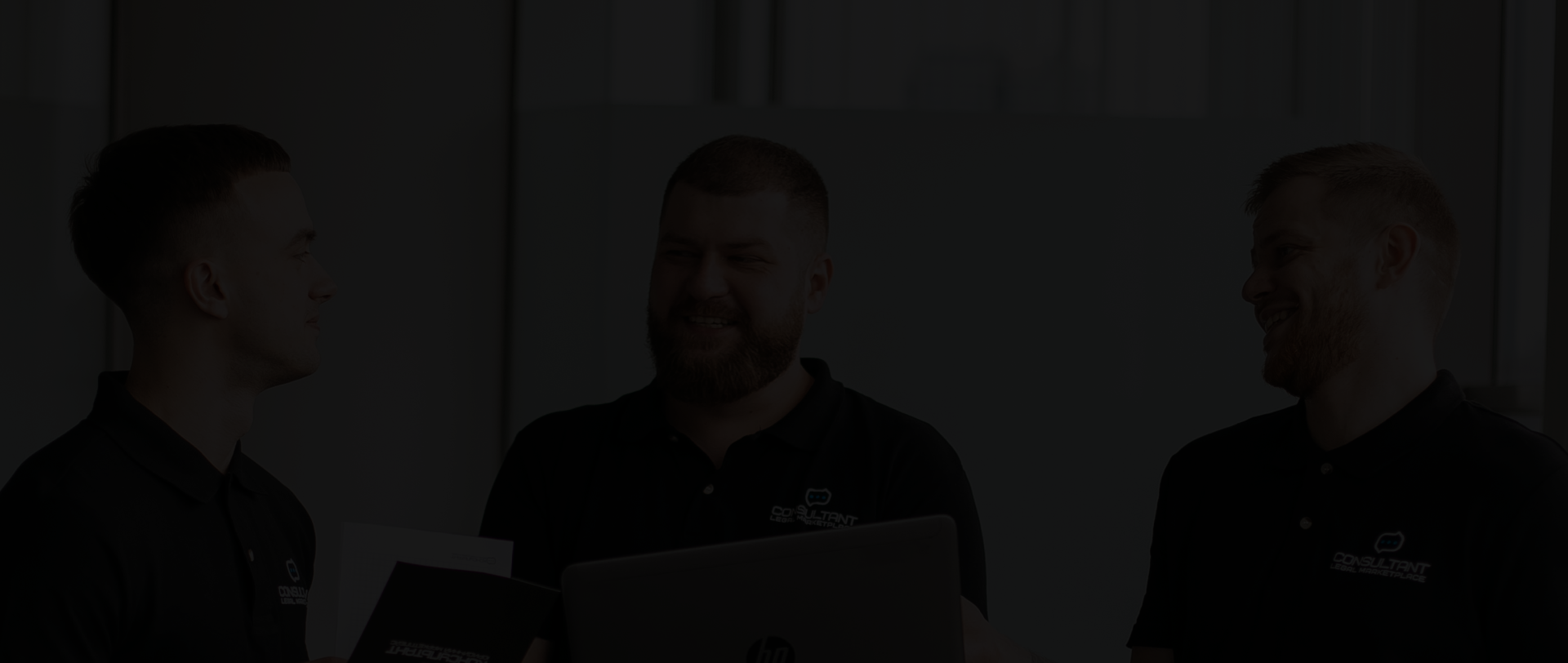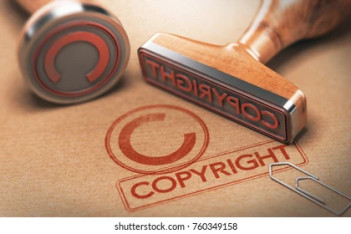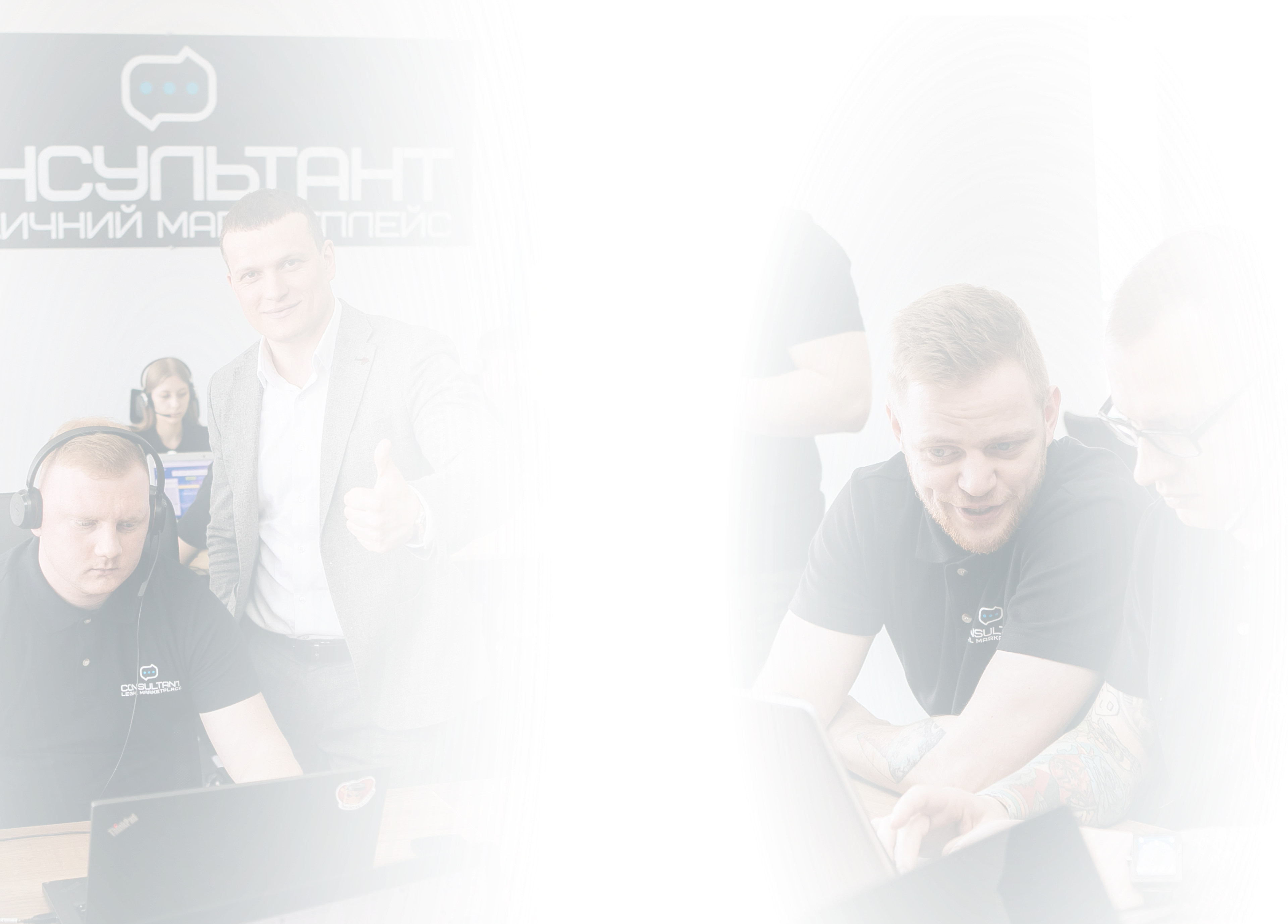My name is Yuriy Mykolayovych Yaremchuk, I am a legal expert and lawyer with 40 years of experience in jurisprudence in Ukraine.I specialize in criminal law and procedure, civil law and procedure, intellectual property protection, and the creation and management of financial and economic security systems for companies.
Initial Situation
A client — an independent musician — approached an intellectual property attorney in the U.S. after spending several years working on a copyrighted music album. The project included song lyrics, melodies, vocal and instrumental arrangements, as well as the visual design of the album cover. The client intended to release the album on popular digital platforms such as Spotify, Apple Music, and YouTube Music, and to distribute physical copies (CD and vinyl) during live performances.
The client’s main goal was to ensure full legal protection of the entire body of work — not only in the U.S. but also internationally, due to potential touring and commercial distribution of tracks in European and Asian markets.
The artist wanted to avoid the risks of illegal copying, unauthorized use, or copyright violations by third parties.
Identified Issues
After the initial consultation, it was determined that:
- The client had not officially registered the copyrights with the U.S. Copyright Office;
- The sheet music and lyrics existed digitally but were not properly systematized or documented;
- The album cover had been created by an external designer without a written agreement transferring rights;
- One of the tracks used a short fragment of a traditional melody of unclear origin, requiring verification of its public domain status.
The attorney explained that, although under U.S. law copyright arises upon creation, official registration is critical for full legal enforcement in court. Only registered copyrights entitle the creator to claim statutory damages and compensation in the event of infringement.
Legal Strategy
The decision was made to act in stages:
- Systematization of materials — the attorney helped the client gather, organize, and describe each element of the album (titles, lyrics, tracklist, duration, creation dates, authorship).
- Clear title analysis — a review of the external designer's contribution was performed, and a rights transfer agreement was signed.
- Legal review of folklore fragment — a copyright expert confirmed that the melody used in the track falls within the public domain and does not infringe third-party rights.
- Copyright registration — an application was prepared and submitted to the U.S. Copyright Office for registering both individual works (lyrics, music) and the full album as a compilation.
- International protection — taking into account the U.S. membership in the Berne Convention, the attorney prepared recommendations for publication date documentation and digital proof of creation, ensuring recognition in over 170 countries.
Result
A few weeks after submission, the client received an official copyright certificate for the entire album. The registration covered:
- Lyrics of all songs as literary works;
- Music — as musical compositions with lyrics;
- The album as a whole compilation;
- The album cover as a visual artwork.
In addition, the attorney provided full legal support for signing a contract with a music distributor and prepared standard licensing templates for commercial use of the tracks in films, advertising, or games.
This case illustrates the importance of timely legal support, even for independent artists. Thanks to a comprehensive approach and detailed work by the attorney, the client obtained not only formal recognition of authorship in the U.S. but also effective tools to protect their rights worldwide. Official registration helps prevent litigation risks, ensures control over licensing, and provides legal leverage in monetizing creative content.
If you are the author of music, lyrics, or visual content — protect your rights in advance. In today’s digital world, it is not a luxury but a necessity.































